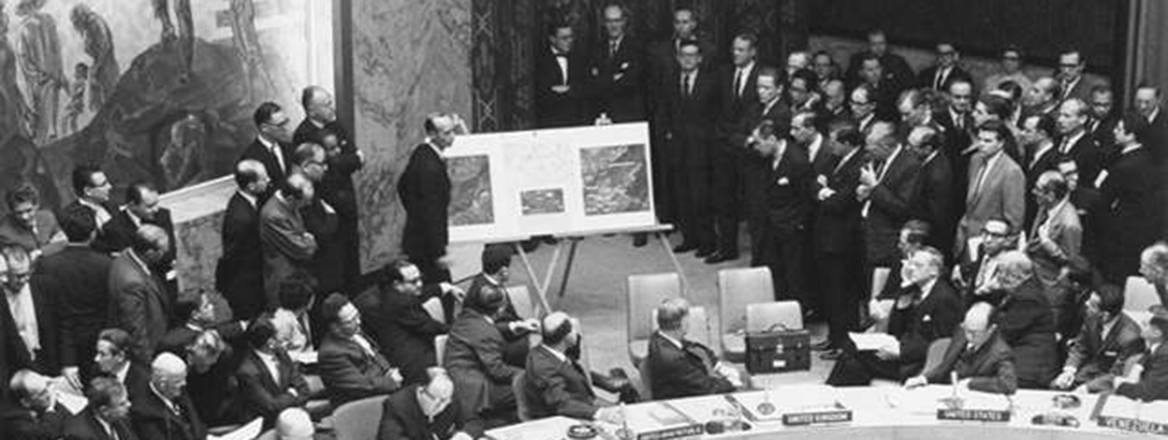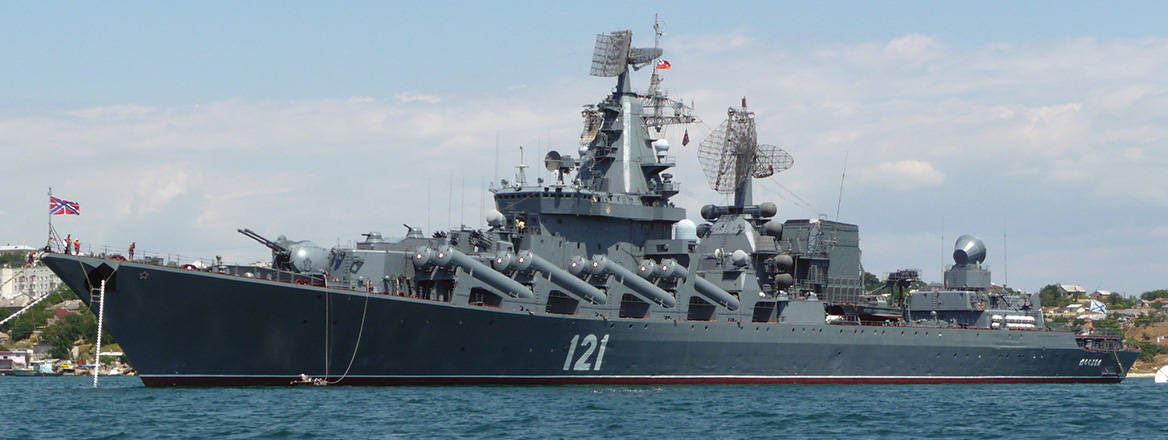Craig Singleton
On a small, sandy atoll smack dab in the middle of the Pacific Ocean lies a rundown airstrip that served as a critical U.S. staging and supply hub during World War II. Today, this 6,000-foot runway in the Pacific island country of Kiribati is once again on the front lines. This time, China has its eyes on this prized piece of geopolitical real estate—one located around 1,800 miles from sensitive U.S. military installations in Hawaii.
Beijing is hardly content to limit its military basing pursuits to the South Pacific. The People’s Liberation Army (PLA) is already making serious headway securing new bases in Cambodia, Tanzania, and the United Arab Emirates, among other locales. Whether or not Washington can derail Beijing’s plans is anyone’s guess. Either way, U.S. policymakers and military brass could soon wake up to a changed world, where the PLA can project its power far beyond the tense Taiwan Strait.



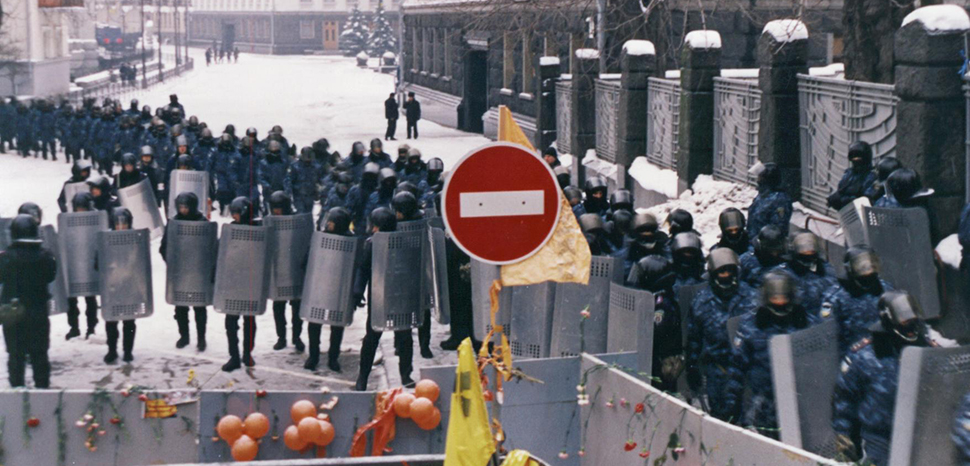
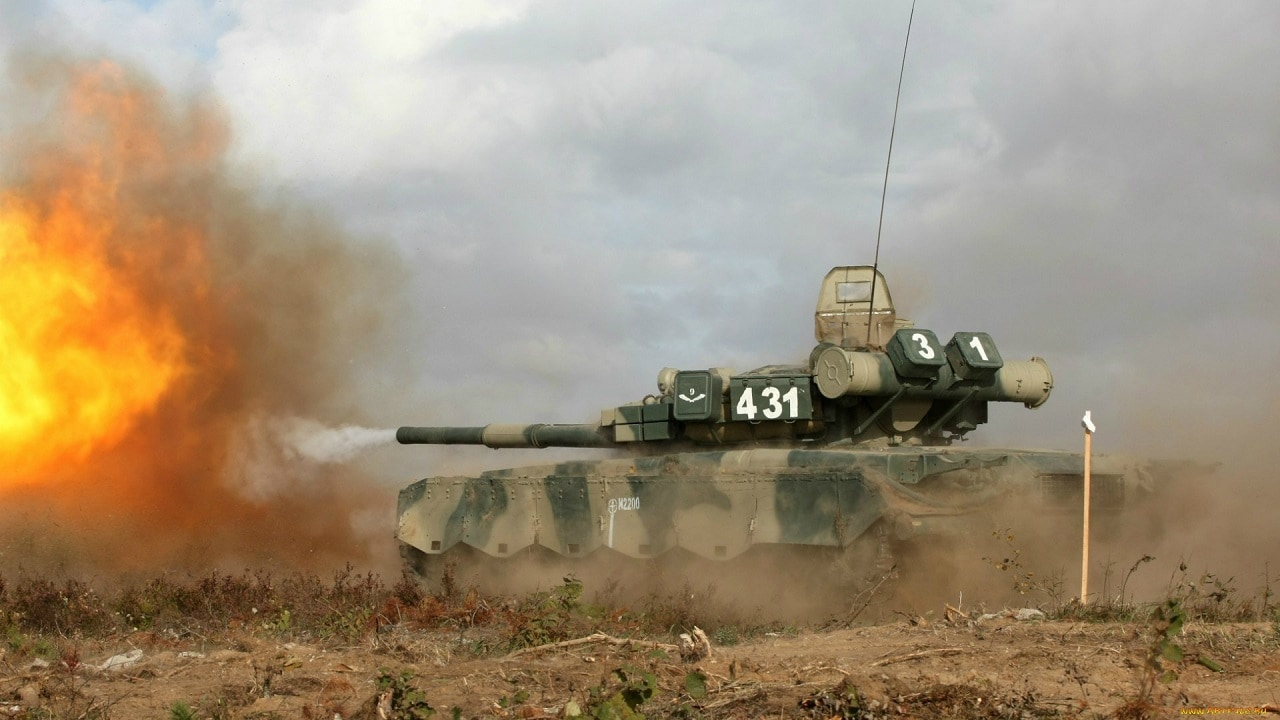
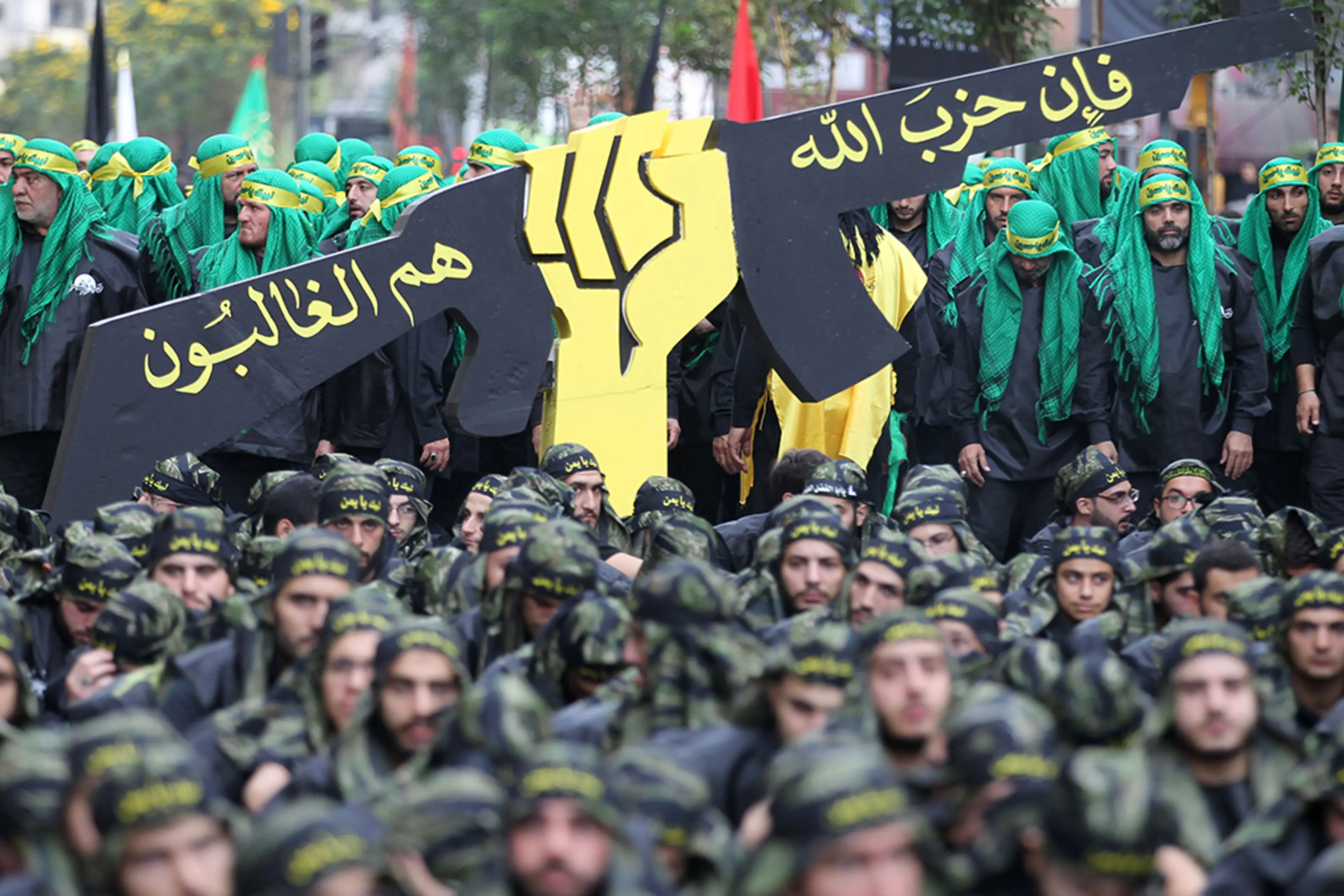



 .
.
